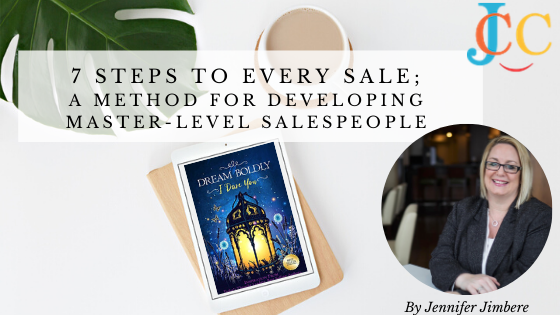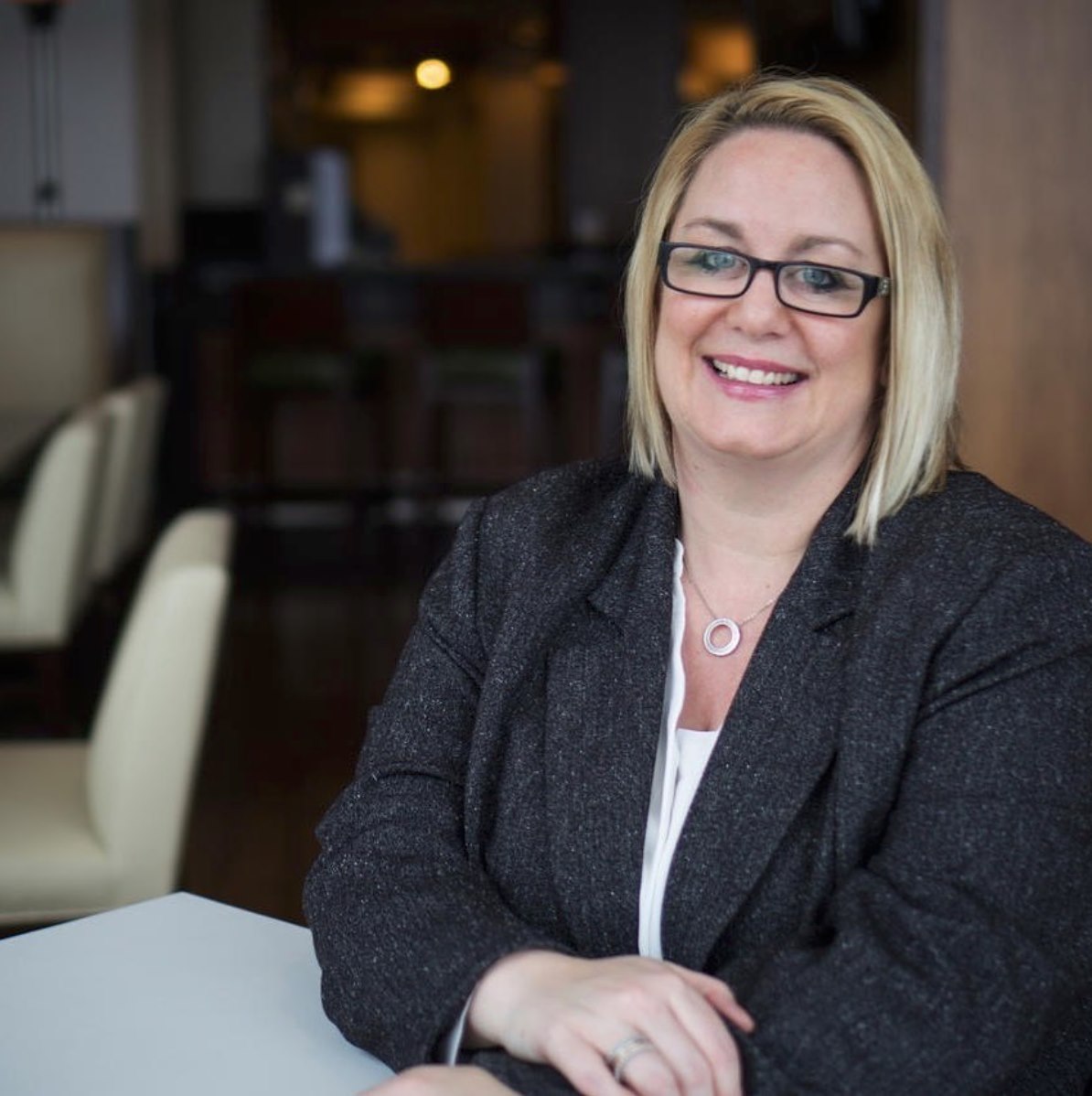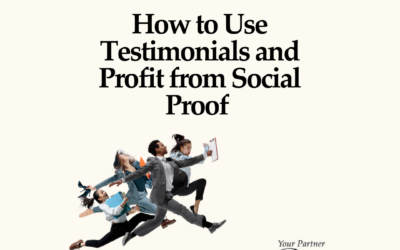Are you a business owner or leader who is interested in developing salespeople with master-level skills? Here is a method that will help you accomplish this.
These seven steps are essential to every sale. There is, however, a principle that’s essential for success with the seven steps.
No skill is gained by mere intellectual agreement.
There is a missing ingredient to almost every sales training program, and it’s not information. In fact, the “better” (based upon popularity) sales training programs usually have more information, better information, and even more advanced ideas and concepts.
Herein lies the problem with most sales training programs: You do not gain skill by intellectual agreement. For example, you might be very capable of understanding the principle behind a judo flip, but to be able to do it, you have to practice it. To do it perfectly every time, you have to practice it continually.
If you’ve ever been part of a highly trained team, you know the sense of confidence that translates into success. The secret to building an excellent sales force (or team of any kind) is in repeating core training on basic sales skills again and again.
The levels of learning…
The lowest level of learning is memorization. It’s easy to memorize the seven steps to every sale, but that doesn’t mean that you can apply them. However, it’s an excellent starting point.
The highest level of learning is known as synthesis. This means that you have learned the material so well that you can synthesize it into your own style and method of doing things. Synthesis requires a lot of repetition and practice. Jimbere Business Academy can help. An online business advisory platform and built to support 5 key areas in your business growth.
To achieve synthesis in your sales team, begin by having them commit the following seven steps to memory, then set about polishing each skill area until your people are masters of each.
The Seven Steps to Every Sale…
- Establish rapport. You will find that you close a much higher percentage of sales if you have good, solid rapport with your client. The ultimate definition of rapport is: They like you, they trust you, and they respect you. Respect and trust lead to influence. Influence leads to control over your market or the buying situation at hand. Work with your staff to design standards for establishing rapport, teach them to look for and find common ground.
- Qualify the buyer (find the need). To reset a customer’s buying criteria in favor of your product or service, you must begin by gaining a complete understanding of his or her current buying criteria. Develop the six to ten questions that you would like to know about every prospect before you begin to present your product or service. Share these questions into your salespeople until every one of them can recite them by heart.
- Build value. After you have assessed your customers buying criteria, you must begin to build value around your product or service. Make a presentation at this point in the sales process. The presentation should be targeted to the buyer, not to your product or service. Clients buy benefits… not features or advantages.
- Create desire. Be clear on this important point: Your buyer will be a lot more motivated if his or her current situation becomes unacceptable. To create desire, you must motivate your buyer using a combination of problems and solutions, even if you’re the one pointing out the problems that they haven’t really considered. For example, one company that sold information services to accountants showed the accountants how much new tax information (statutes, regulations, tax law, tax cases, etc.) they have to know each year. This information made the accountants feel overwhelmed and predisposed to purchasing anything that would help them survive the tax-information plight. The company actually helped create the “plight” by introducing the accountants to the very real market statistics that existed but that no one else was showing them. It was very powerful.
- Overcome objections. A talented salesperson does such a good job of finding the need that objections are covered earlier in the sales process. A top salesperson will qualify the buyer’s buying criteria before they even begin to sell. However, an “objection” can still surface when it’s time to close the sale (see below). If you remember that “an objection is an opportunity to close,” you will always be happy to hear one. For example,
- The client states an objection: “I’d love to buy it, but I just can’t afford it right now.”
- Agree that the objection is valid. The client will drop his or her guard: “If you can’t afford it, you can’t afford it (meaningful pause). But let me ask you a question: Is money the only thing standing between you and the purchase of this product?” At this point, if there are more objections, they will surface. If not, the client will say, “No, if I could afford it, I’d buy it.” You have just moved a huge step closer to closing the sale.
- Lock down the sale: You say, “So, if I can find a way for you to afford this product, you will buy it?” If the client says yes, you have just closed the sale. You will now need to be more creative in the financing of the product or service or help create more desire, so the prospect will pay the money to buy the product or service. Getting commitment is key to closing the sale.
- Close the sale. In truth, the best salespeople I have witnessed do not “close,” they “bring the sale to a logical conclusion.” They have helped set up such a logical buying criteria that the prospect and the salesperson walk to the close together. That being said, it should also be stated that most people need help making decisions.
This article cannot cover all the aspects of closing a sale, but it can cover the oldest close of all: assuming the sale. Do this by asking a question like, “Who do we send the invoice to?” or “How did you want to pay for this?” Jimbere Business Academy can support you to focus on all 5 areas in business growth. Learn about our current promotion for this online business advisory platform.
- Follow up – Last but not least, be prepared for The Cool-Off Factor. Because enthusiasm and rapport are extremely influential in the sales process, a salesperson must know that a prospect is going to “cool off” after the salesperson leaves the room. How do you avoid this? Follow up strongly after the sale! The fax machine was the greatest invention for a salesperson. A good follow-up letter faxed hours after the sale, or the next day at the latest, can go a long way toward avoiding the cool-off factor. (In today’s market, text is much more effective than an email).
Summary
These seven steps are core sales skills and procedures. Just as basketball coaches must constantly train their players on lay-up shots and blocking, sales managers must constantly train their players on polishing every angle of the Seven Steps to Every Sale.
Smart companies build tools, policies, and procedures that support these seven steps. The more standards you set, the higher the performance you can expect from every level of talent.
Go forth and master The Seven Steps to Every Sale. Only constant practice and repetition will create master-level salespeople.
Coaching is NEVER an expense. It’s one of the smartest investments any small business owner will ever make when it comes to building a successful business. Gain access to improved self-awareness and become a more effective leader.
The time is now to finish the year strong and have a head start on 2020. This week, we launched the 2.0 version of my brand-new Profit Acceleration Software™.
Partner with a proven professional in business.
Jennifer Jimbere is the President of Jimbere Coaching and Consulting, Founder of Jimbere Business Academy (private level access) and Co-Founder at Radical Joy Seeking Women’s Club.
Jennifer Jimbere is an entrepreneur, International best-selling co-author in the Dream Boldly I Dare You Series. World-Class Coach and Business Consultant. A recognized authority on change management, profitability, and organizational turnaround, I have served as an advisor to thousands of individuals and organizations around the world for more than 20 years. I’ve been named Influence Magazine 100 Authority. Strategic Learning Alliance recognized me as Certified Professional Coach of the Month for April 2019. My proven strategies have been featured in The Six-Figure Coach, Simply Women, Bella Mia magazines and more.




